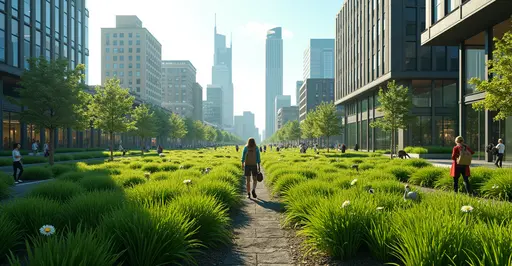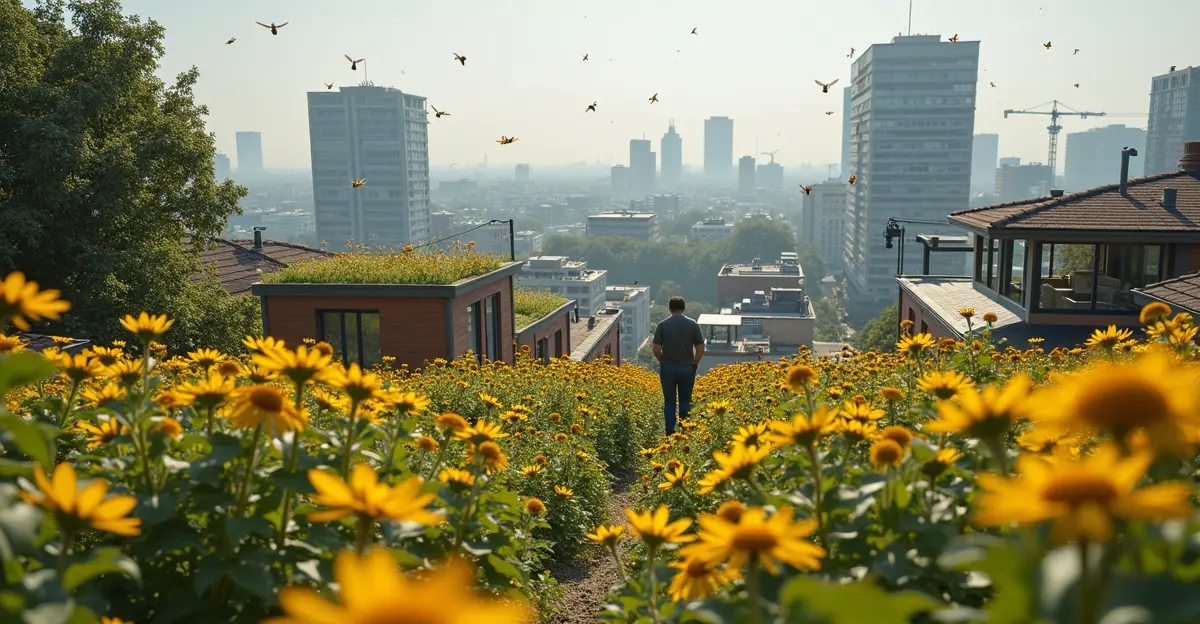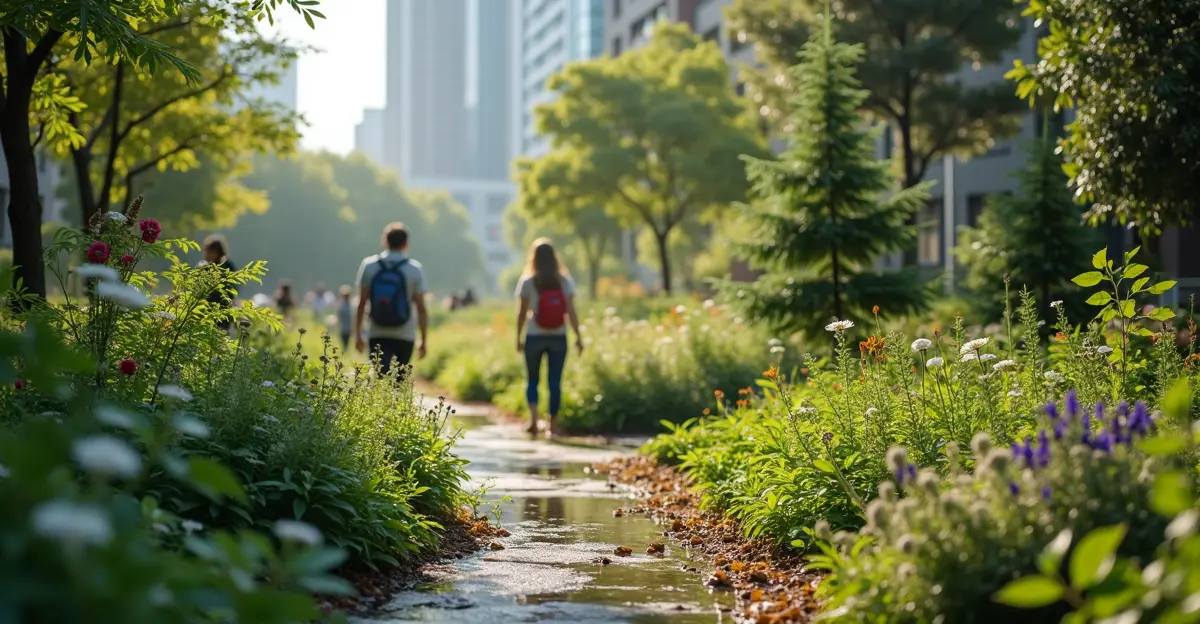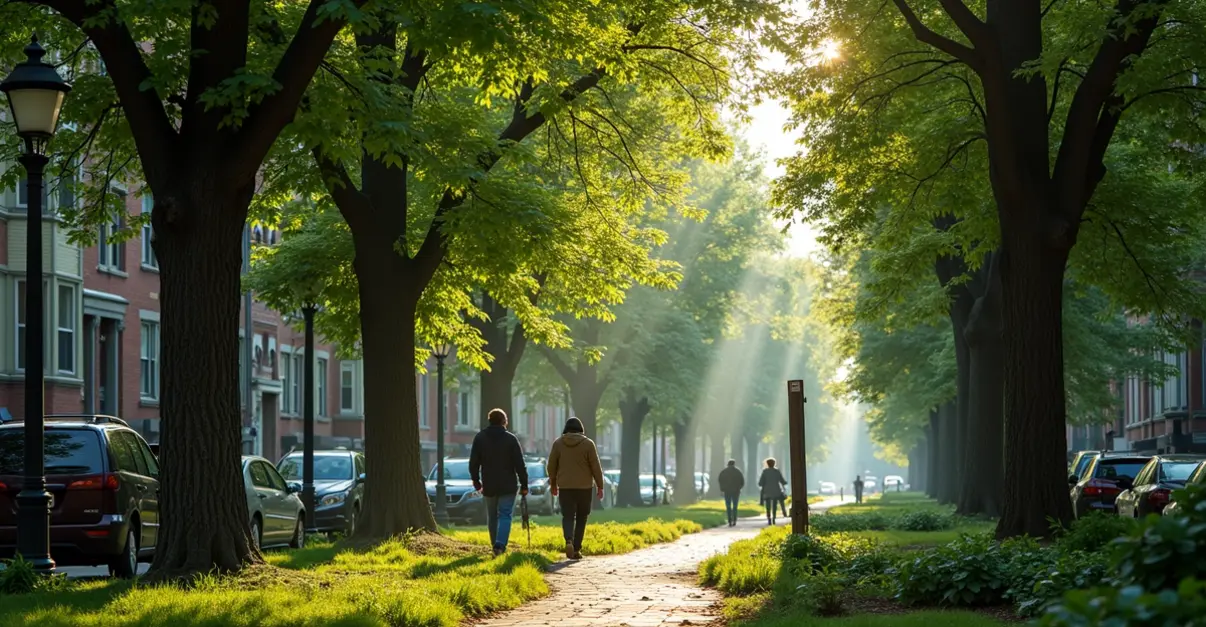New 2025 research shows urban green spaces significantly improve mental and physical health. Study recommends policy changes, innovative funding, and pilot projects to expand nature access in cities while addressing environmental justice concerns.

Groundbreaking Research Links Nature Access to Health Improvements
A comprehensive new study published in 2025 reveals that access to urban green spaces significantly improves public health outcomes, prompting calls for innovative policy changes and funding mechanisms. The research, which analyzed data from nearly 5,900 participants across 78 studies, demonstrates that even brief 15-minute exposures to nature can substantially reduce anxiety and depression symptoms among city residents.
Mental Health Benefits Take Center Stage
The Stanford University study, published in Nature Cities, found that urban forests proved particularly effective at reducing depression and anxiety symptoms. 'What surprised us most was how quickly these benefits manifested,' said Dr. Sarah Chen, lead researcher on the project. 'Just 15 minutes in a park can make a measurable difference in mental well-being, especially for young adults who face the highest rates of mental health challenges.'
Policy Recommendations for Urban Planners
The findings are already being incorporated into modeling tools for urban planners to help design cities with more accessible green spaces. The research supports the development of smaller 'pocket parks' and increased street tree planting as cost-effective solutions. 'We need to think about green space as essential public health infrastructure, not just amenities,' explains urban planning expert Dr. Marcus Rodriguez. 'Cities that invest in accessible nature are investing in their residents' physical and mental health.'
Innovative Funding Mechanisms Proposed
Current funding models for urban green spaces face significant challenges, relying heavily on precarious municipal allocations and sporadic philanthropy. A recent analysis from the Sustainability Directory proposes three innovative approaches: Tax Increment Financing using future property value increases, Endowment Funds for perpetual income streams, and Payment for Ecosystem Services where beneficiaries pay for ecological benefits.
Pilot Projects Show Promise
Several pilot projects are demonstrating the potential of targeted green space interventions. The Center for Urban Responses to Environmental Stressors at Wayne State University has announced funding for innovative research initiatives focused on environmental stressors affecting urban communities. Similarly, the UAB Center for the Study of Community Health has launched its 2025 Community Health Scholars pilot grant program, offering funding for community-based participatory research addressing social determinants of health.
Environmental Justice Considerations
The distribution of green space benefits raises important environmental justice concerns. Research published in ScienceDirect reveals that minority and low-income communities typically lack adequate access to green space, creating health disparities. 'We must ensure that greening efforts don't lead to gentrification and displacement,' warns environmental justice advocate Maria Gonzalez. 'The goal is equitable access to nature's health benefits for all communities.'
Global Implications and Future Directions
With 70% of the global population projected to live in cities by 2050, these findings have worldwide significance. The UN-Habitat report 'Healthier Cities and Communities Through Public Spaces' emphasizes the critical relationship between public spaces and urban health. As cities continue to grow, integrating accessible green spaces into urban planning becomes increasingly vital for public health and community well-being.

 Nederlands
Nederlands
 English
English
 Deutsch
Deutsch
 Français
Français
 Español
Español
 Português
Português









